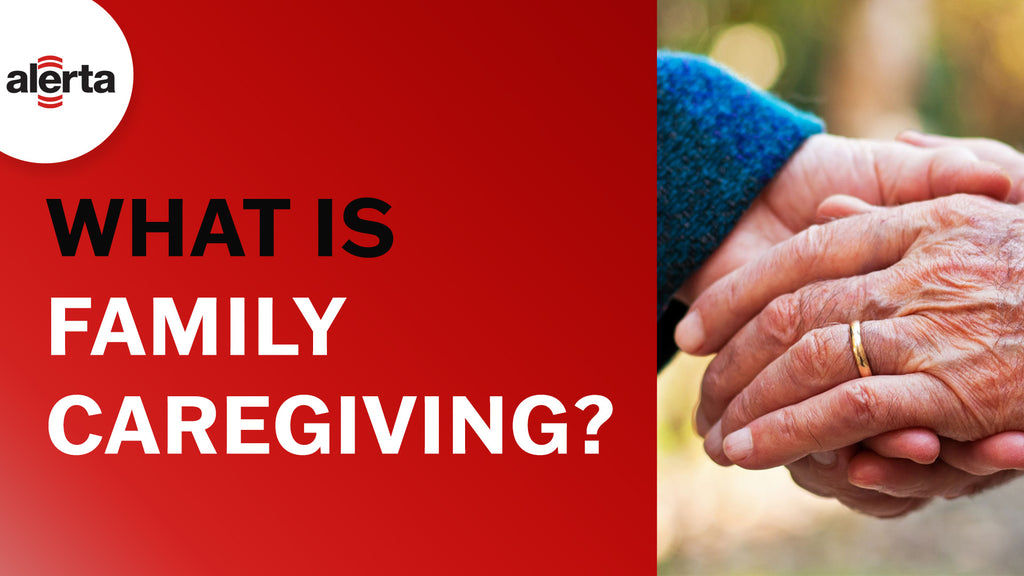Rosalynn Carter, former First Lady, is credited with saying
There are only four kinds of people in this world.
Those who have been caregivers.
Those who are currently caregivers.
Those who will be caregivers.
And, those who will need caregivers

This means that at some point, we will all be part of the caregiving cycle. While each caregiving situation is different, managing it effectively in order to keep the care recipient healthy, safe, and comfortable requires some form of planning.
A caregiver tends to the well-being of someone with illness, injury, or disability. A “family caregiver” cares for a family member, or, for a close partner or friend, and is not paid for it. It is estimated that there are 53 million family caregivers in the US, an increase of more 20% from 2015 to 2020. The value of this unpaid caregiver time is calculated to be well over $500 billion. Over 80% of caregiving provided to elders is unpaid family caregiving.

For approximately half of family caregivers, becoming a caregiver is not a choice—it’s an obligation. This can be for marital, financial, or proximity reasons. Despite the situational complexities, or the caregiver’s time, knowledge, or resource constraints, simply being available to the care recipient goes a long way in caregiving. But it’s just a start, as there is so much more to successful caregiving.
Common Caregiving Tasks
Johns Hopkins’ Called for Care program considers family caregiving a critical element for effective healthcare, relating it to one of three legs on a stool, where the other two are the care recipient and professional healthcare providers. Without the family caregiver, valuable information about the care recipient would not be gathered or maintained, as the family caregiver performs a variety of tasks, including performing personal and medical care tasks at home, managing hired care, and acting as an advocate.
Make no mistake about it, family caregiving is hard work. It can lead to feeling satisfied and feeling emotionally and physically overwhelmed. Family caregiving can affect a caregiver’s closest relationships, finances, employment, personal time, and mental and physical health. These realities are compounded by the facts that care recipients are living longer, healthcare costs are rising, and the majority of family caregivers hold full-time jobs. What’s more, many family caregivers feel unprepared for the role at first, unsure of what to do, and seek training and outside support.
However, the family caregiver’s situation does not allow for despair. It requires on-the-job training to manage the technical, mental health, and planning aspects of caregiving, so that family caregivers can give their loved ones the support needed, without sacrificing their own health. “Caring for the caregiver,” can be as important as caring for the care recipient. Fortunately, there are some great resources to help, such as these.
Family caregivers are not only key components of our healthcare system, but as Rosalynn Carter stated, they are vital elements of our circle of life.
Sample Family Caregiving Resource:


